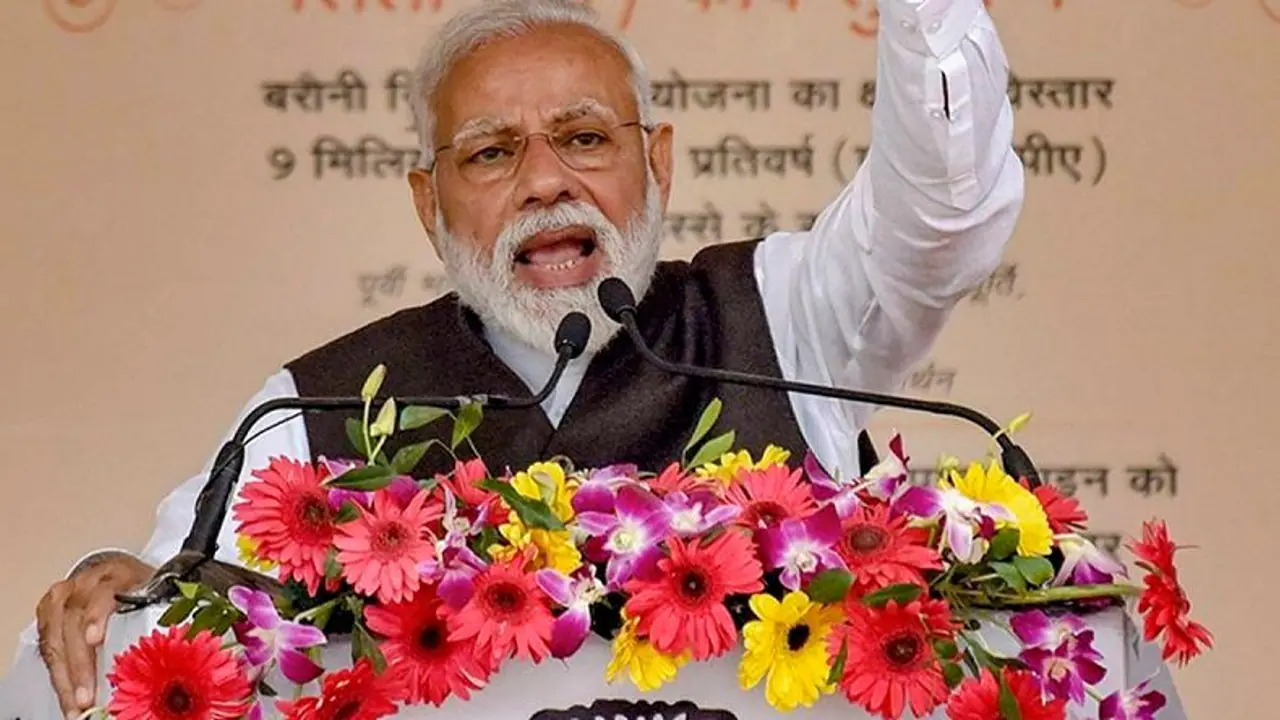The Ayushman Bharat Yojana remains a top priority in the healthcare sector. Intended to cover almost 50 crore Indians under a standard national healthcare insurance programme, Ayushman Bharat has been running for nearly seven months now.
How much should the Indian government spend on healthcare? This is a contentious issue, with healthcare being an important subject on the concurrent list. While the central government has traditionally spent on large hospitals, preventive programmes, nationwide initiatives like immunisation, and research and development, state governments typically invest in primary healthcare.
The 2019 Lok Sabha election manifesto released by the Bharatiya Janata Party (BJP) suggests that this picture may change if the Narendra Modi led government were to be re-elected. The manifesto promises several path-breaking changes in healthcare especially focusing on the poor and the needy.
The Ayushman Bharat Yojana remains a top priority in the healthcare sector. Intended to cover almost 50 crore Indians under a standard national healthcare insurance programme, Ayushman Bharat has been running for nearly seven months now. So far, about three crore beneficiaries have enrolled and almost 15 thousand hospitals provide cashless treatment for a range of ailments.
To enable full-fledged implementation of the scheme, the BJP in its manifesto has promised construction and implementation of 1.5 lakh new health and wellness centres (HWCs). A part of the Ayushman Bharat scheme design was to ensure the fulfilment of all primary and secondary healthcare needs by implementing HWCs and leaving tertiary and specialised care for the hospitals. The manifesto reiterates the implementation promise and once completed, HWCs will almost double the current number of health facilities in India.
The plan is to eventually have one good quality wellness centre between every two villages in the country, meaning the establishment of almost 3.5 lakh HWCs in the country. This will be a significant achievement for the healthcare industry as well as the country if they are well-defined and maintain quality standards. There is one wellness centre for every four villages today in the country, but the quality of these centres is a big issue. An increase in the scale of operations implies a fall in healthcare costs and through it will enable frequent treatments even outside of the Ayushman Bharat programme.
The Ayushman Bharat programme, apart from being insurance support, will also revolutionise the healthcare sector in rural India. Earlier, because people couldn't afford healthcare, many critical diseases remained undetected and uncured. However, because of a payment guarantee by the government now, a huge demand for better healthcare facilities will emerge in the rural areas of India. Creation of a better economic ecosystem with increased healthcare services will largely serve to benefit the hinterland.
India's health spending will likely double by 2025 once both parts of the Ayushman Bharat programme are implemented. The central government spends just about 1% of the total gross domestic product (GDP) on healthcare, a ratio lower than most developed and many developing countries. As per the World Health Organization (WHO), India spends almost 4% of its GDP on healthcare (Rs 8 lakh crore per year) and the total includes the contribution from the different states. The global average tends to be upward of 9.5%.
Even if one assumes an increase in spending on healthcare amounts to 1% of GDP over the next five years, the increment on healthcare spending could be equal to Rs 10 lakh crore per year. Given that 50 crore people are going to be included in the healthcare spending net, the market size will grow significantly. This growth will also lead to new private investments in the sector at various price points.
To enable these large-scale changes, the BJP manifesto also talks about doubling the number of medical seats. The intention is to set up one Medical College or one Post Graduate Medical College in every district by 2024. These colleges could be public, private or a partnership of both. Currently, India has one medical college for every three Parliamentary constituencies. The manifesto essentially promises to increase the count of colleges 4 times. The BJP has also promised to double the number of MBBS doctors as well as specialists in the next five years.
While the medium-term goal is to provide quality healthcare to all, the long-term vision is preventive healthcare. Mission Indradhanush, an immunisation programme widely praised by global health agencies, has been a success. Through this programme, the government has already ensured full immunisation for 3.4 crore children and 87.1 lakh pregnant mothers. The rate of increase in immunisation used to be at the rate of 1% addition every year. That rate has gone up to 6% per year now. The manifesto promises to provide full immunisation coverage by 2022.
The Poshan Abhiyan launched by the Narendra Modi government aims at increasing access to nutrition for pregnant women, mothers and children. This multi-ministerial mission aims to make India malnutrition free over the next few years. The manifesto further stresses on strengthening this preventive healthcare programme.
Another significant promise made by the BJP is that of eliminating tuberculosis (TB) by 2025. The dreaded disease claims more lives every year in India than any other infectious disease. More than 25 lakh Indians suffer from TB and about 3 lakh Indians die every year. The manifesto promises to eradicate TB by creating a special mission to address the problem.
The government had increased the honorarium paid to Anganwadi and Accredited Social Health Activist (ASHA) workers over the last year. The Manifesto promises to extend the benefits of the Ayushman Bharat programme to the ASHA and Anganwadi workers, irrespective of their classification under the relevant 2011 census classification.
Better healthcare facilities not only lead to improved quality of life for the citizens but also attract new capital expenditure, leading to the generation of employment opportunities both directly and indirectly. A better healthcare and education structure will create the social capital required to power systemic economic growth. To this end, the BJP manifesto has stressed on all the right areas regarding healthcare.
